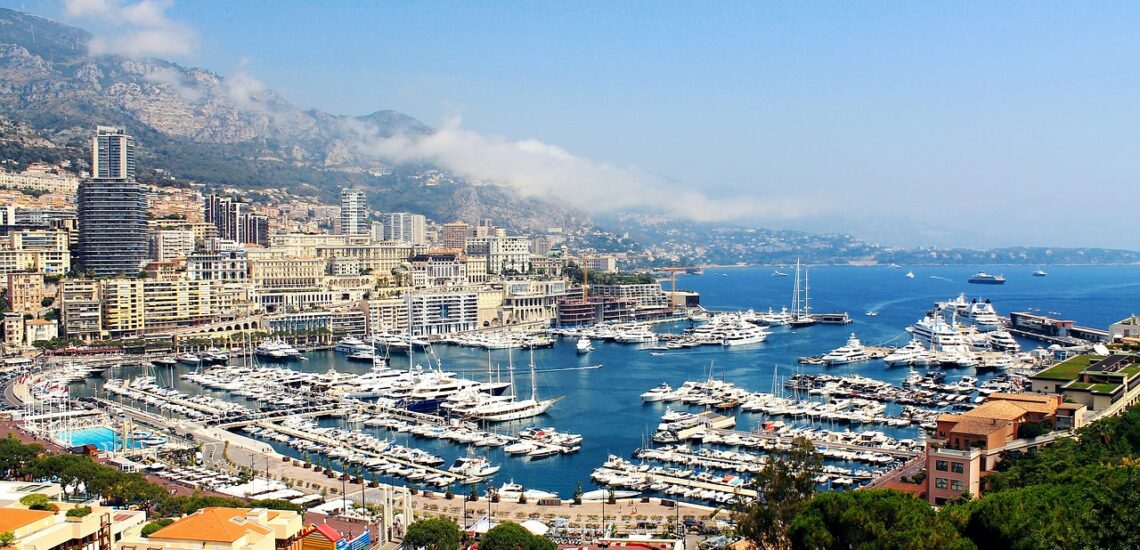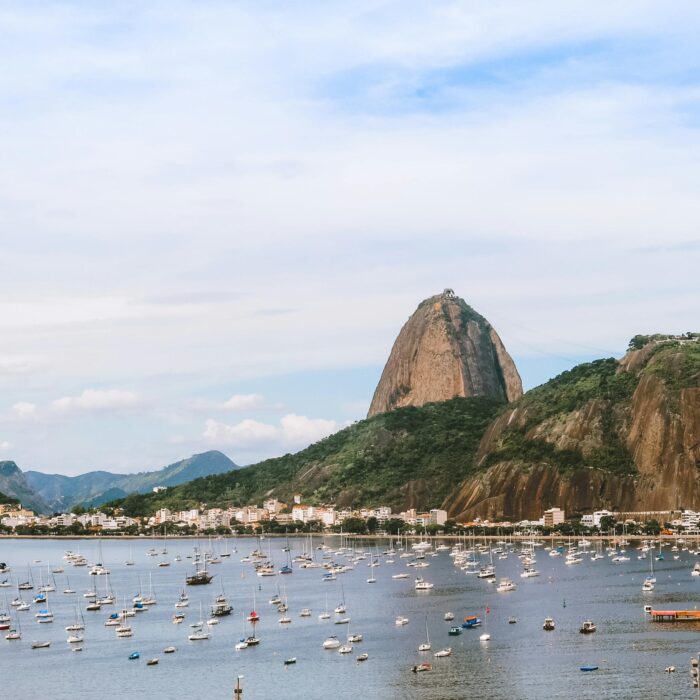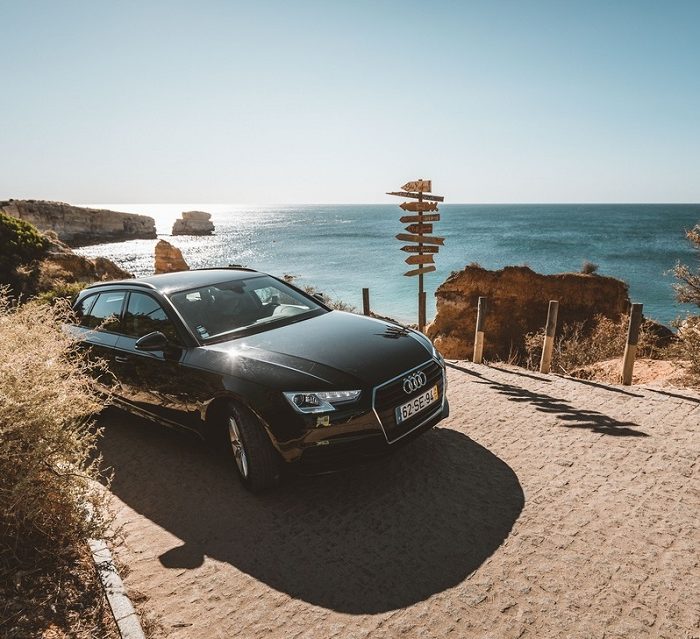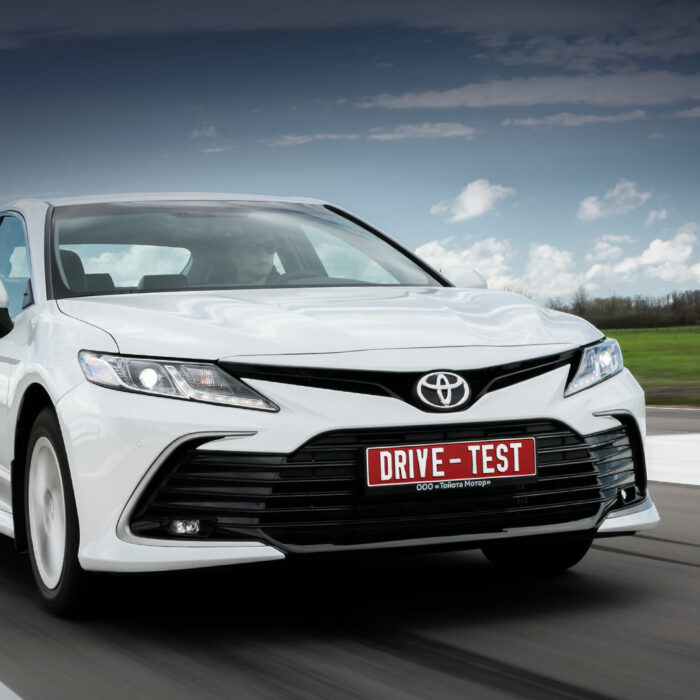Quelques informations sur Monaco :
- Population : Environ 39 000 personnes.
- Capitale : Monaco.
- Langue officielle : Le français.
- Monnaie : Euro (EUR).
- Gouvernement : Monarchie constitutionnelle avec une démocratie parlementaire.
- Religion principale : le catholicisme romain : Catholicisme romain, avec une importante communauté d’expatriés.
- Géographie : Située sur la Côte d’Azur en Europe occidentale, bordée par la France et la mer Méditerranée, Monaco est connue pour son style de vie luxueux, ses casinos haut de gamme et ses événements glamour.
Fait 1 : Monaco est le deuxième plus petit pays du monde
Monaco est l’un des plus petits pays du monde en termes de superficie et de population. Situé sur la Côte d’Azur, en Europe occidentale, Monaco couvre une superficie de seulement 2,02 kilomètres carrés, ce qui en fait le deuxième plus petit pays du monde après la Cité du Vatican.
C’est aussi l’un des pays les plus densément peuplés au monde.
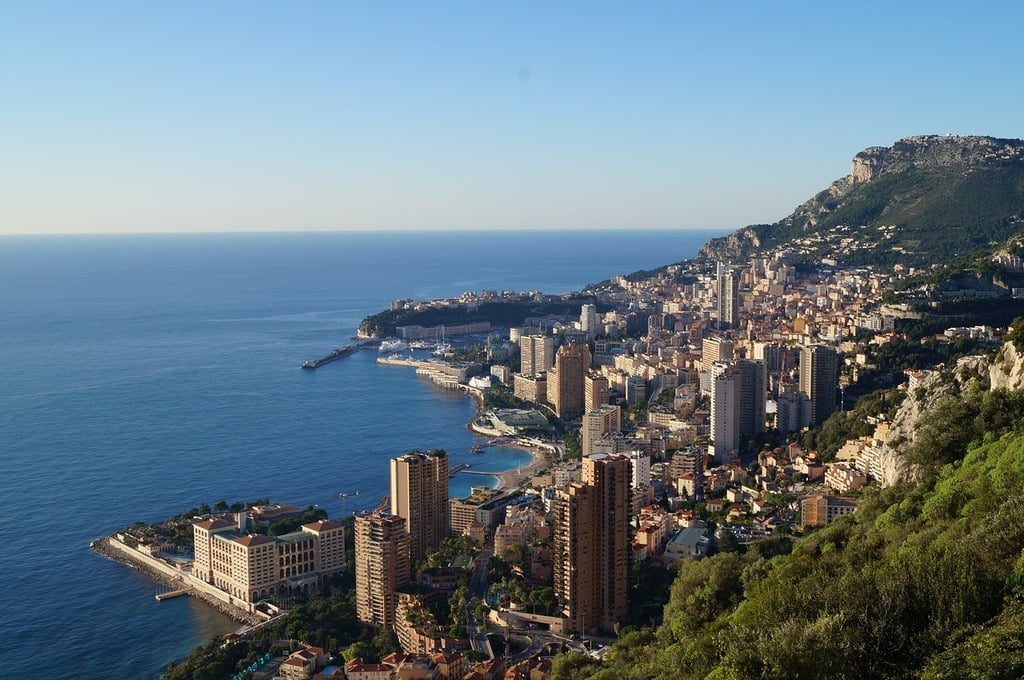
Fait 2 : Un citoyen sur trois est millionnaire
Monaco possède l’une des plus fortes concentrations de millionnaires et de milliardaires au monde. On estime qu’environ un tiers de la population monégasque est millionnaire, c’est-à-dire qu’elle possède des actifs ou une fortune évalués à un million ou plus en unités monétaires, telles que l’euro ou le dollar.
La principauté de Monaco est réputée pour ses politiques fiscales favorables, son marché de l’immobilier de luxe et son statut de terrain de jeu pour les riches et l’élite. De nombreuses personnes fortunées sont attirées par le niveau de vie élevé, la sécurité et les équipements exclusifs de Monaco, notamment le shopping de luxe, la gastronomie et les divertissements de classe mondiale.
La présence d’un nombre important de millionnaires et de milliardaires à Monaco contribue à sa réputation de destination la plus riche et la plus glamour du monde.
Fait 3 : Le Casino de Monte-Carlo est peut-être le plus célèbre
Bien que le Casino de Monte-Carlo soit l’un des sites les plus célèbres de Monaco et un symbole du glamour et du luxe de la Principauté, les jeux d’argent sont interdits aux citoyens monégasques. Cette restriction s’inscrit dans le cadre des efforts déployés par Monaco pour protéger ses citoyens des effets négatifs potentiels de l’addiction au jeu et pour préserver l’image de la principauté en tant que destination haut de gamme pour les touristes et les visiteurs.
Cette situation unique reflète l’approche de Monaco visant à équilibrer les intérêts de ses citoyens et son statut de destination touristique mondiale connue pour son style de vie luxueux et ses offres de divertissement.
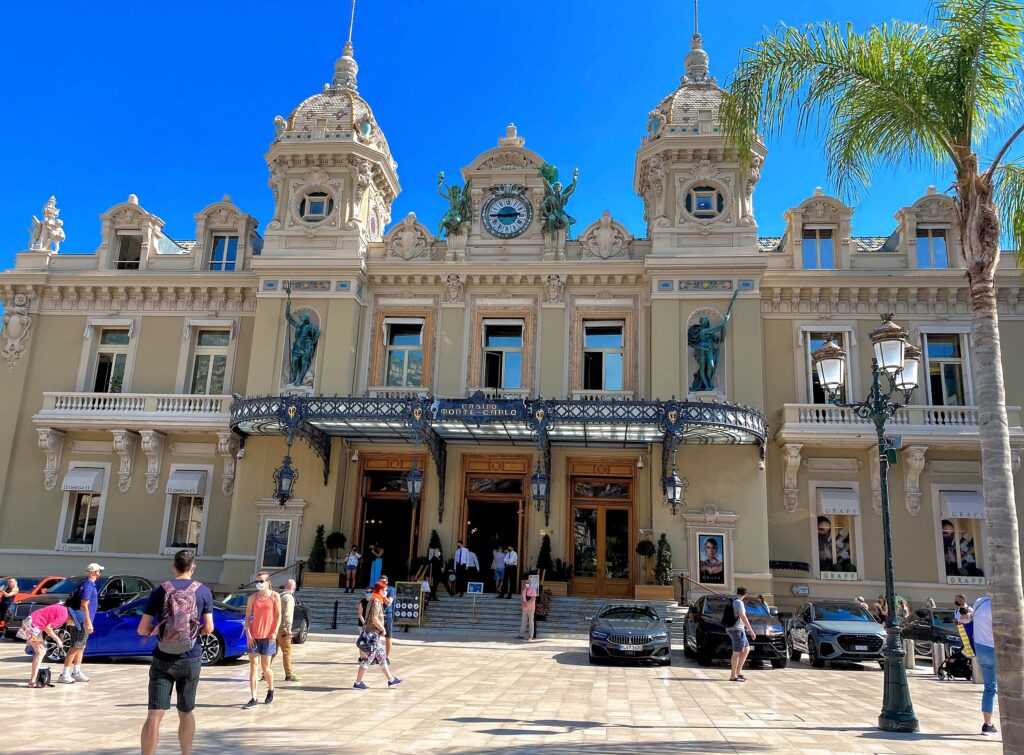
Fait 4 : Monaco n’a pas d’aéroport, mais de nombreux héliports
L’absence d’aéroport est due à la petite taille de Monaco et à l’espace limité pour le développement des infrastructures.
Au lieu de s’en remettre aux aéroports traditionnels, de nombreux voyageurs optent pour l’hélicoptère, qui offre un moyen rapide et pratique d’accéder à la principauté depuis les villes et les aéroports voisins. Les services d’hélicoptères relient Monaco aux principaux aéroports tels que l’aéroport de Nice Côte d’Azur en France, ainsi qu’à d’autres destinations le long de la Côte d’Azur.
Les héliports de Monaco sont stratégiquement situés dans la principauté, offrant un accès facile à des zones clés telles que le quartier de Monte-Carlo et le Port Hercules. Les voyages en hélicoptère sont très prisés par les hommes d’affaires, les célébrités et les voyageurs fortunés qui recherchent un moyen de transport luxueux et efficace pour se rendre à Monaco et en revenir.
Fait 5 : Monaco dispose d’ascenseurs gratuits pour la commodité des piétons
Monaco dispose d’ascenseurs et d’escaliers mécaniques gratuits installés à certains endroits de la principauté pour faciliter le déplacement des piétons. Ces ascenseurs et escaliers mécaniques se trouvent principalement dans les zones à forte inclinaison ou sur un terrain vallonné, offrant un accès pratique aux différents niveaux de la ville et permettant aux piétons de naviguer plus facilement dans le paysage urbain.

Fait 6 : L’immobilier à Monaco est très cher
L’immobilier à Monaco est connu pour être l’un des plus chers au monde en raison de la superficie limitée de la principauté, de la forte demande et de l’exclusivité du marché du luxe. Malgré le coût élevé de l’immobilier, le gouvernement monégasque a pris des mesures pour offrir des options de logement abordables à ses résidents, notamment des appartements subventionnés. Ces appartements subventionnés, connus sous le nom de “logements sociaux”, sont proposés à des loyers réduits aux résidents éligibles, y compris les citoyens de Monaco et les personnes qui travaillent dans la principauté. La disponibilité d’appartements subventionnés permet de s’assurer que les résidents locaux, y compris les personnes et les familles à revenu faible ou moyen, ont accès à des options de logement abordables à Monaco.
Fait 7 : Monaco augmente sa superficie en récupérant des territoires
Monaco s’est engagé dans des projets de poldérisation au fil des ans afin d’accroître sa superficie et de relever le défi du manque d’espace dans cette principauté densément peuplée. La poldérisation consiste à créer de nouvelles terres en comblant des zones côtières ou en s’étendant dans la mer à l’aide de diverses techniques d’ingénierie.
L’un des projets de poldérisation les plus remarquables de Monaco est le quartier de Fontvieille, qui a été créé à la fin du XXe siècle en récupérant des terres de la mer Méditerranée. Le quartier de Fontvieille comprend aujourd’hui des installations résidentielles, commerciales et récréatives, notamment un port de plaisance, des parcs et des immeubles résidentiels.
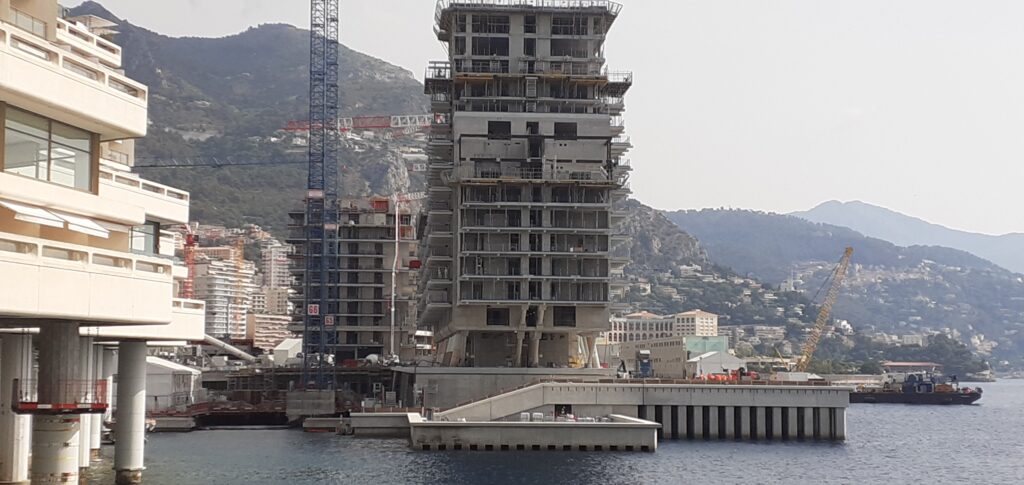
Fait 8 : La dynastie régnante à Monaco est originaire de Gênes
La dynastie régnante à Monaco, la Maison Grimaldi, tire ses origines de la République de Gênes, une république maritime située dans l’Italie d’aujourd’hui. La famille Grimaldi a commencé à se faire connaître au XIIe siècle et a joué un rôle important dans la politique et le commerce de Gênes.
En 1297, la famille Grimaldi a acquis la forteresse de Monaco grâce à une manœuvre militaire stratégique, marquant ainsi le début de son règne sur la principauté de Monaco. Depuis lors, la dynastie des Grimaldi est restée la famille régnante de Monaco pendant plus de 700 ans, les générations successives de souverains Grimaldi ayant façonné l’histoire et le développement de la principauté.
Fait 9 : Il y a des courses de Formule 1 à Monaco
Le Grand Prix de Monaco a lieu chaque année sur le Circuit de Monaco, un circuit tracé dans les rues de Monaco, y compris sa célèbre partie portuaire.
Le Grand Prix de Monaco est connu pour son circuit difficile et étroit, avec des virages serrés, des changements d’altitude et des possibilités de dépassement limitées. La course attire les meilleurs pilotes et équipes de Formule 1, ainsi que des milliers de spectateurs venus du monde entier pour assister au spectacle des courses dans les rues de Monaco.
Remarque : lorsque vous planifiez un voyage à Monaco, vérifiez si vous avez besoin d’un permis de conduire international pour louer et conduire une voiture.
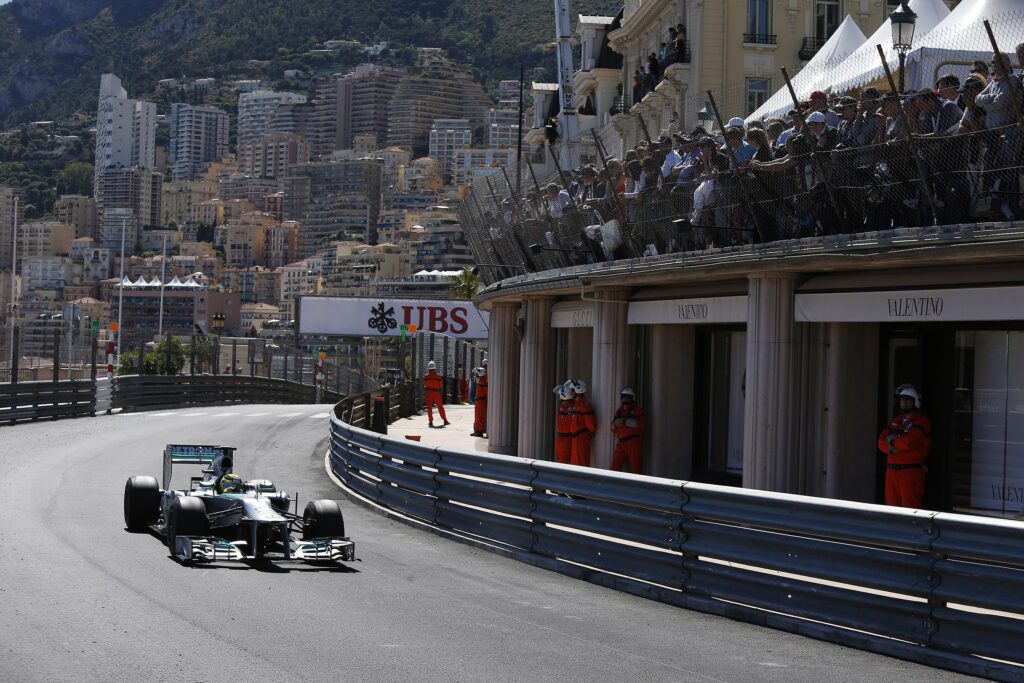
Fait 10 : La criminalité est pratiquement inexistante à Monaco
Monaco est connu pour avoir l’un des taux de criminalité les plus bas au monde. La petite taille de la principauté, sa forte densité de population et la forte présence des forces de l’ordre contribuent à sa réputation de destination sûre.
Les forces de police monégasques sont très efficaces et bien équipées pour maintenir la sécurité et l’ordre publics. En outre, les réglementations strictes et les systèmes de surveillance de la principauté contribuent à décourager les activités criminelles. Le pays compte toutefois quelques dizaines de prisonniers, condamnés pour la plupart pour fraude financière.

Publié Avril 28, 2024 • 7m à lire

